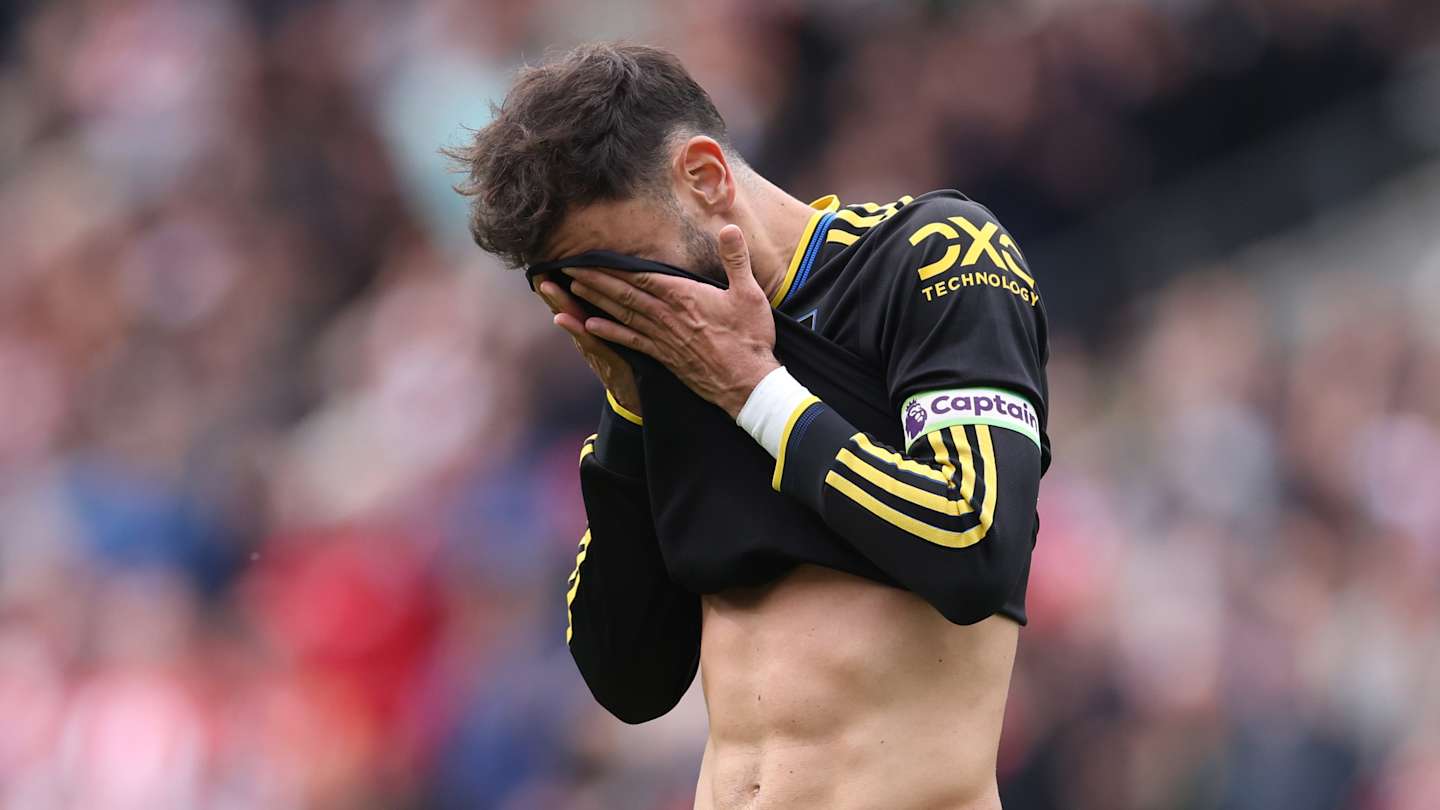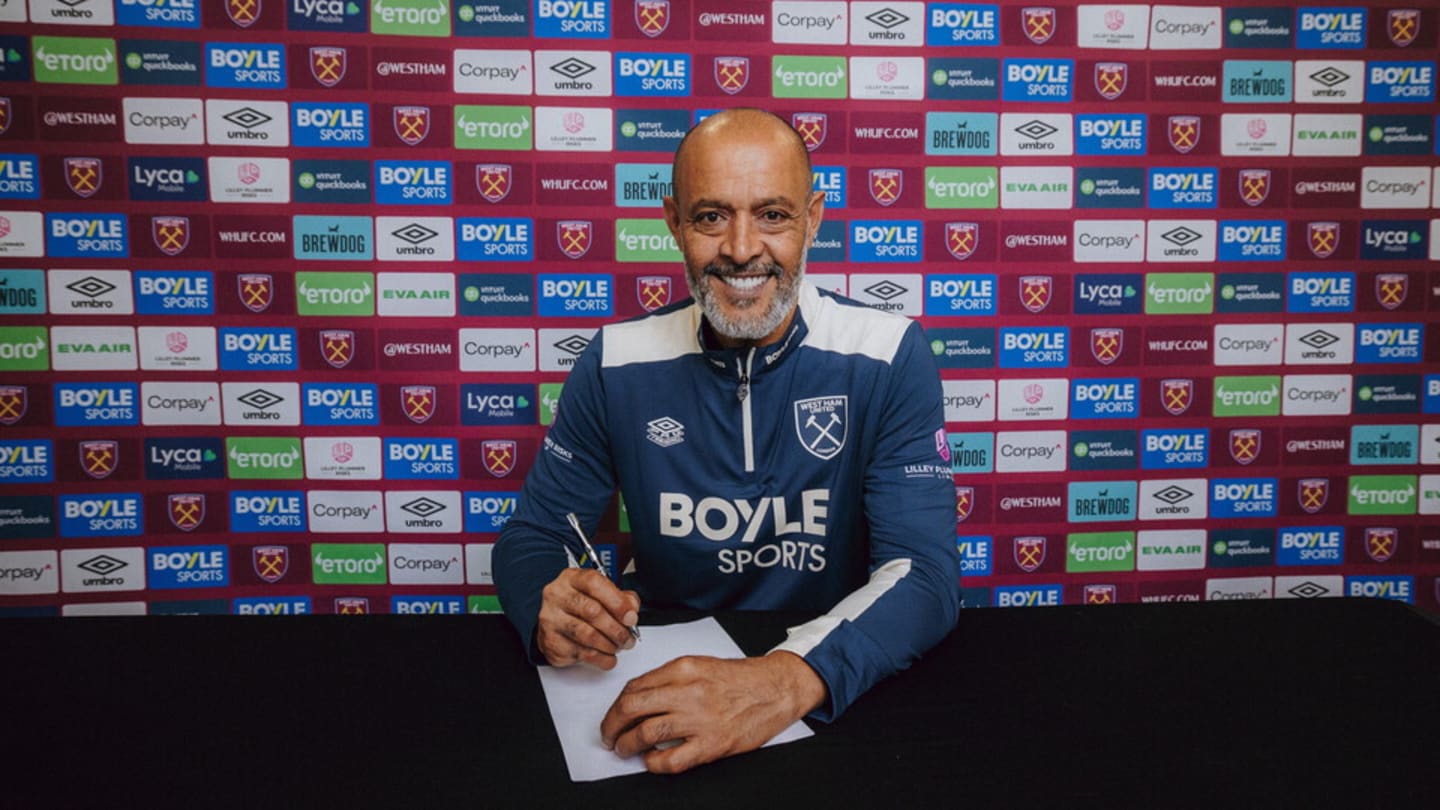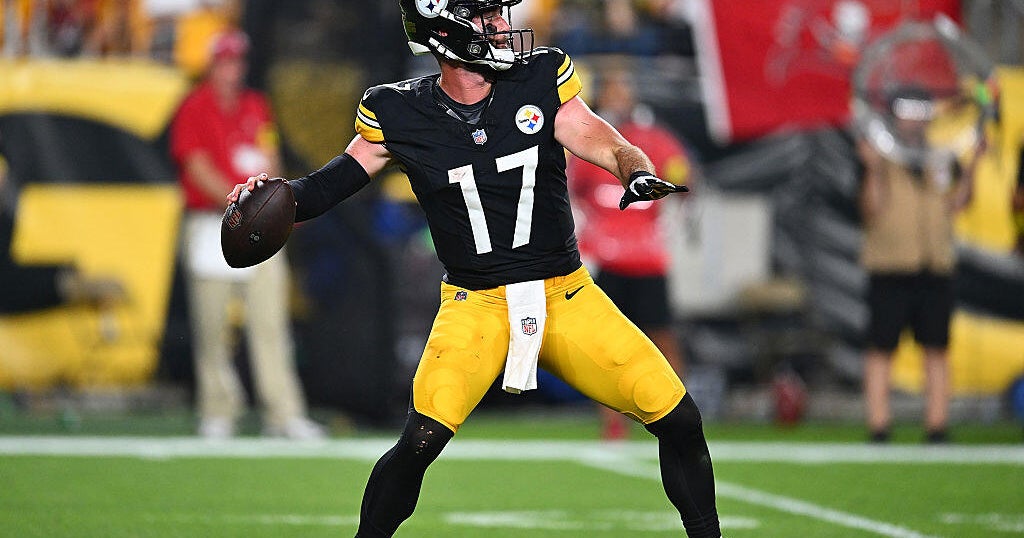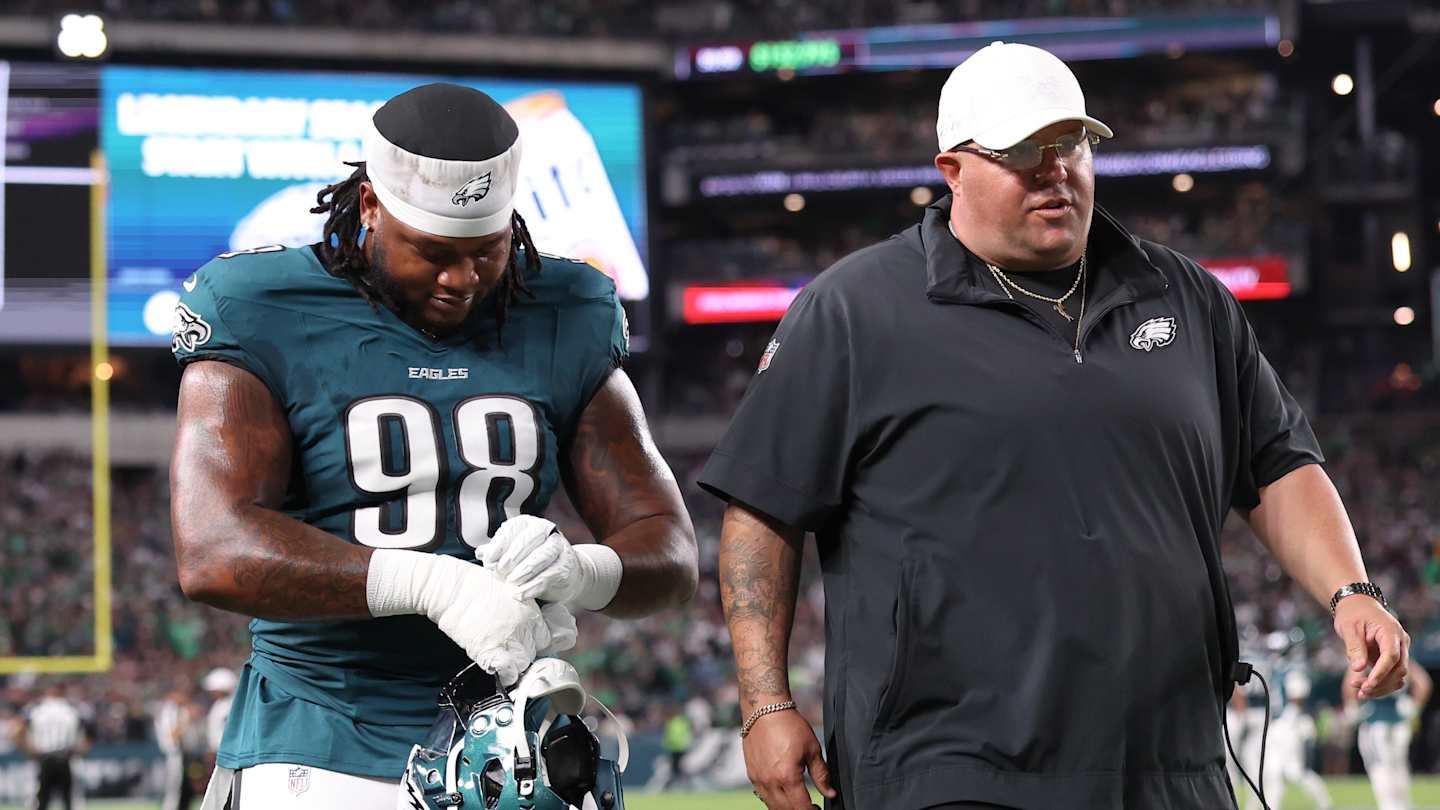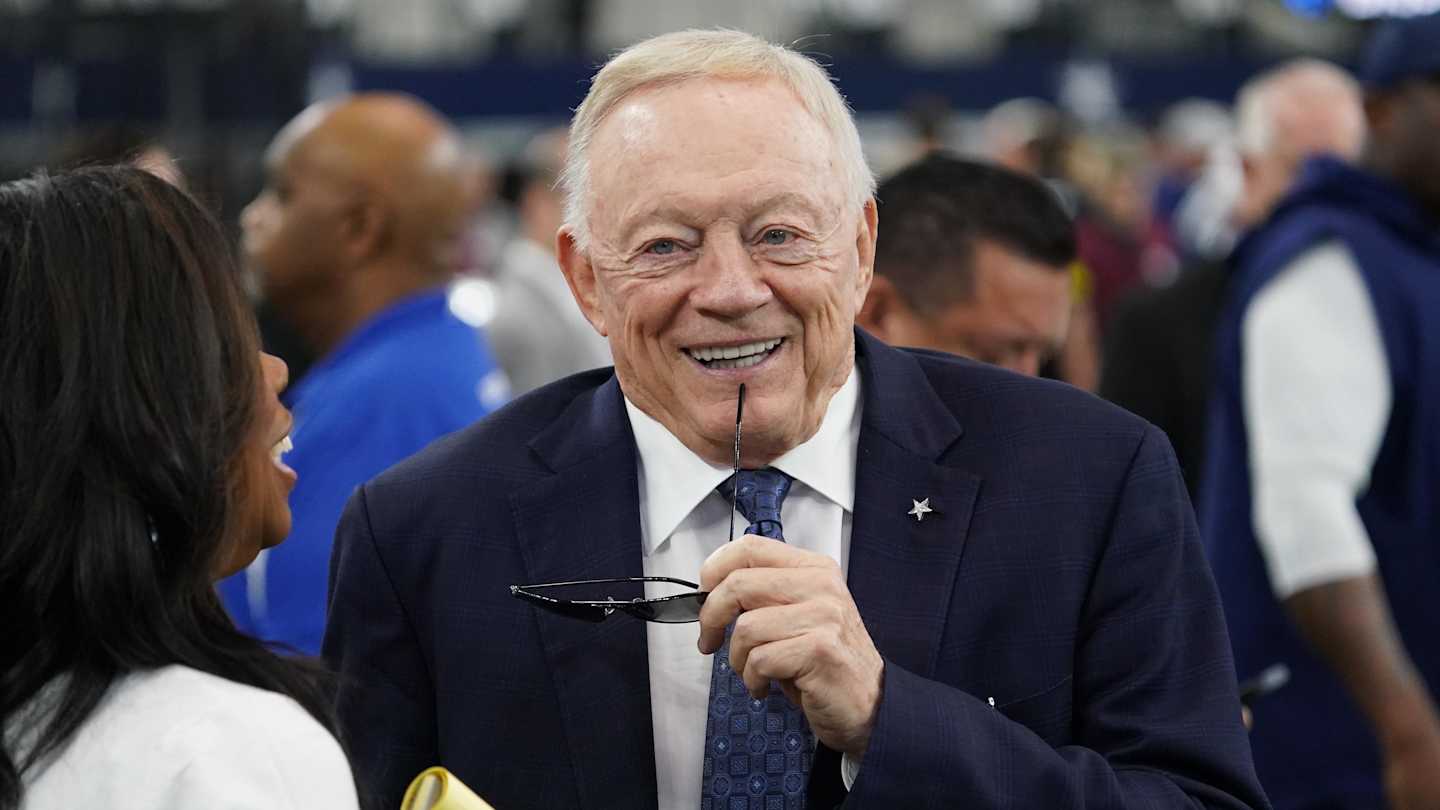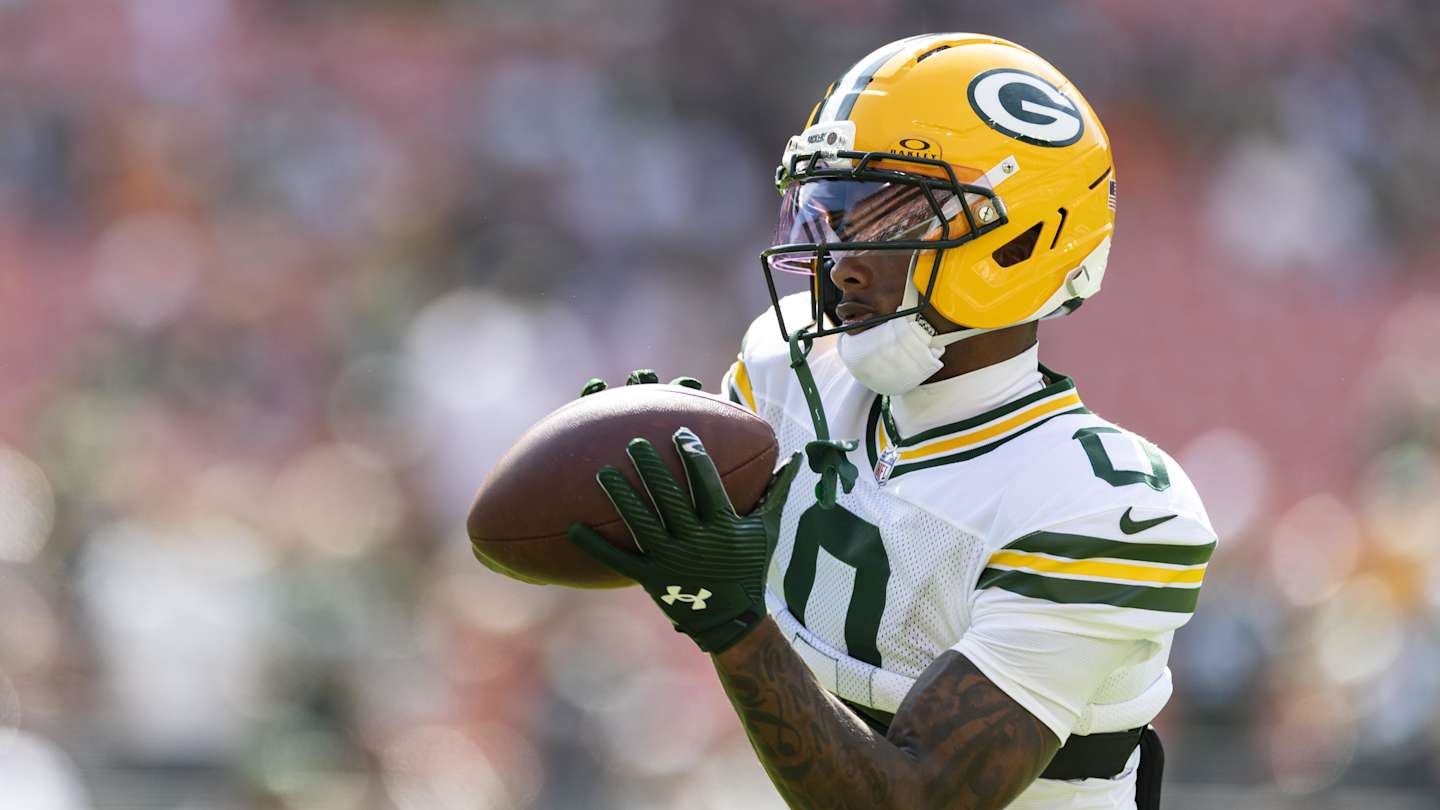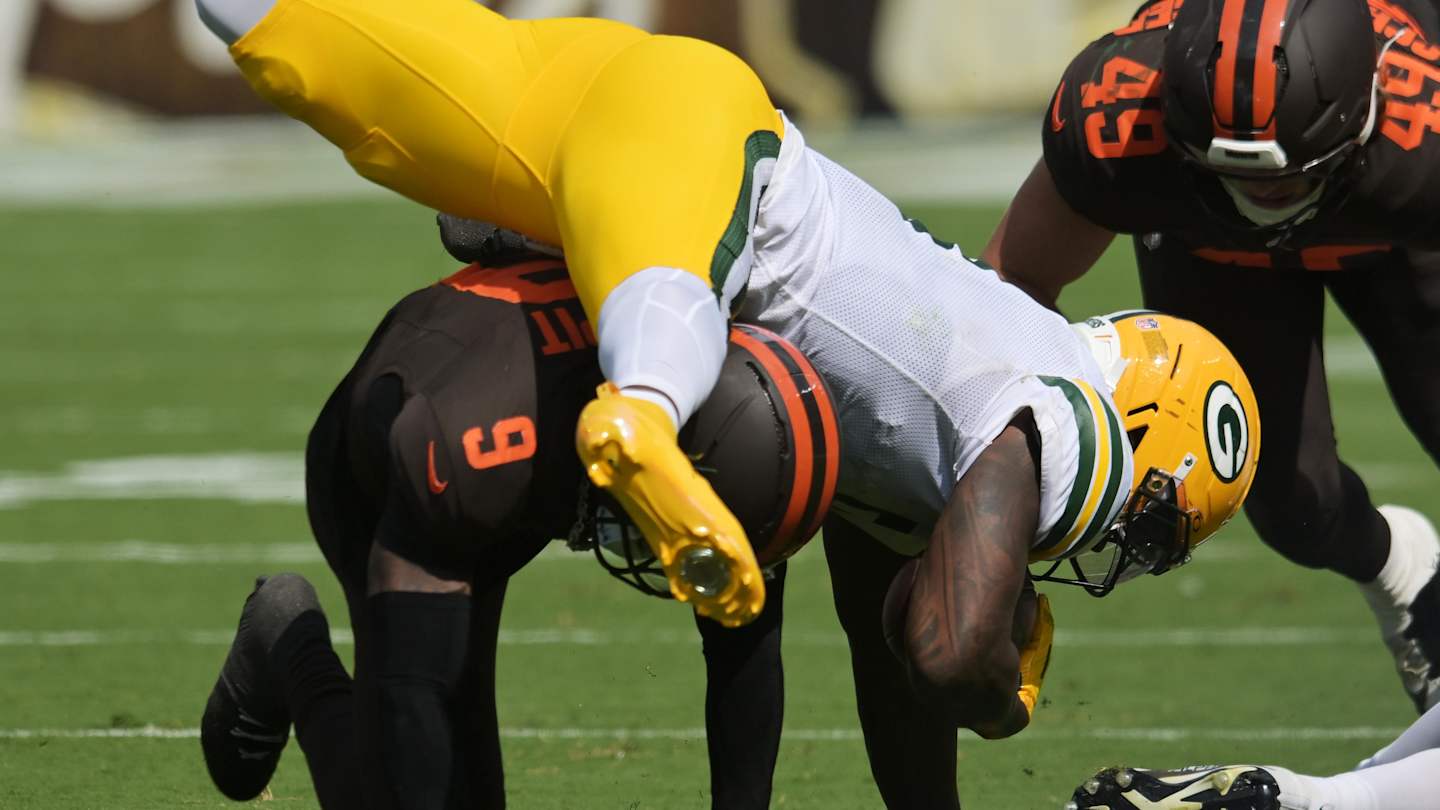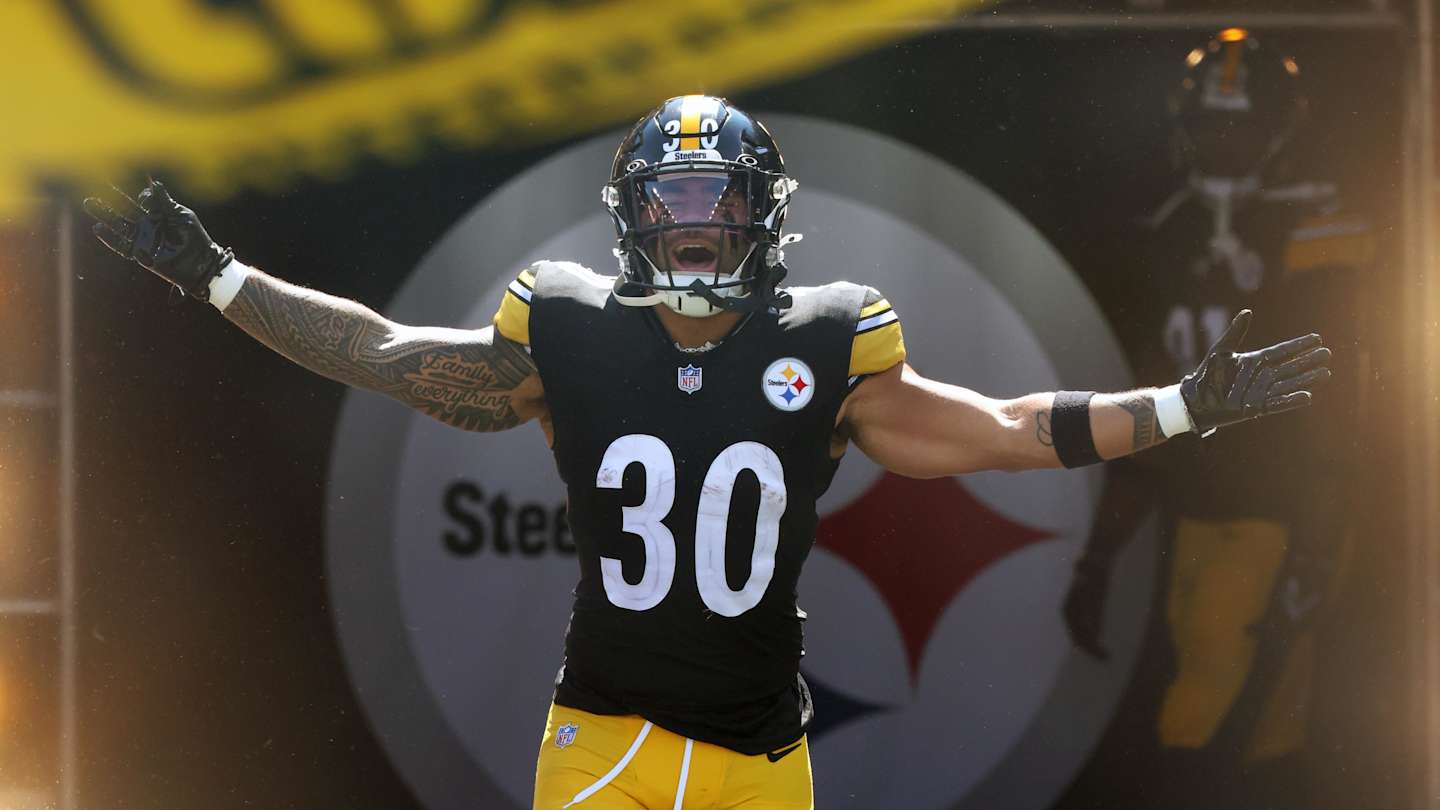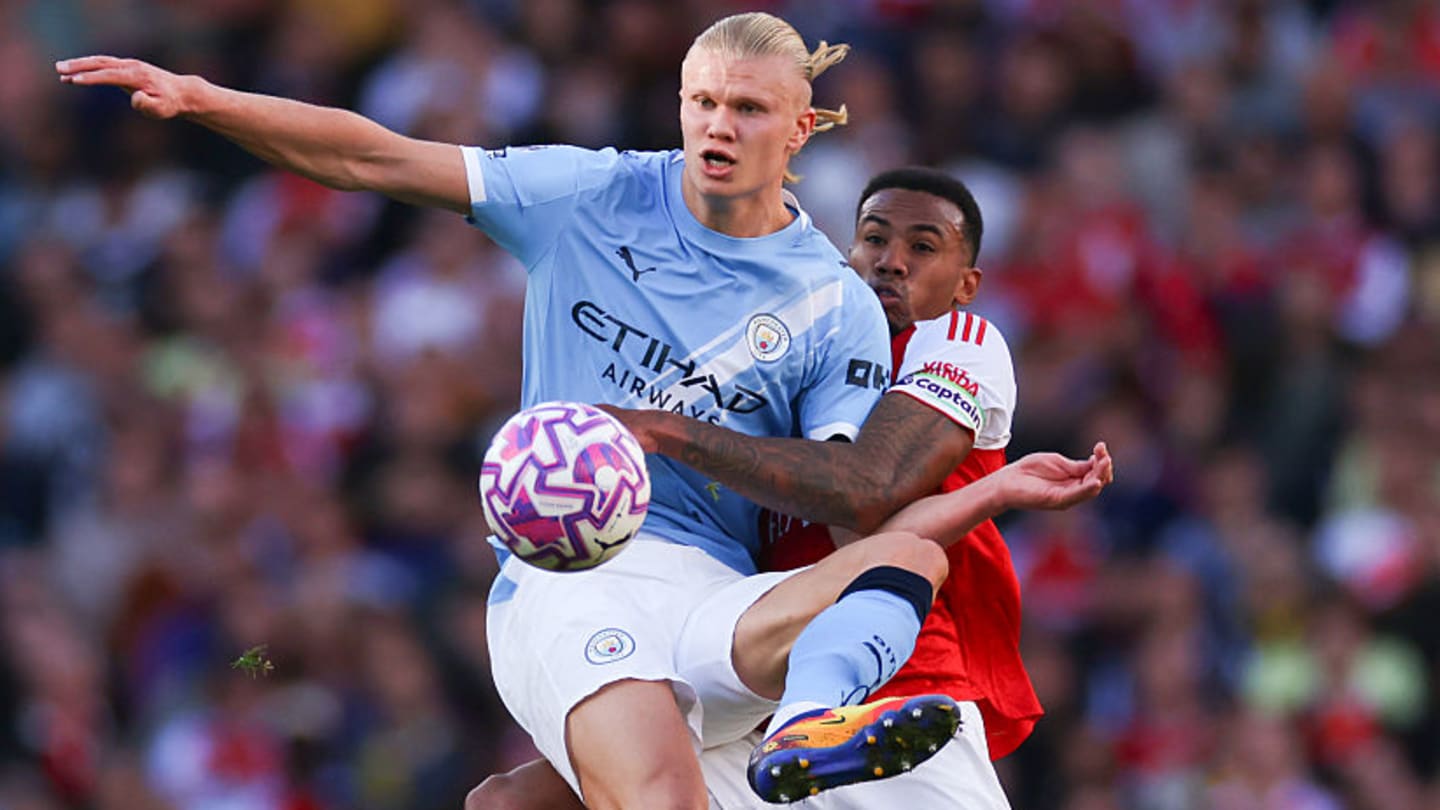
Manchester City’s prolific striker, Erling Haaland, showcased a formidable blend of scoring prowess and burgeoning leadership against Arsenal, decisively outclassing the Gunners’ Viktor Gyökeres in a captivating Scandinavian striker showdown at the Emirates.
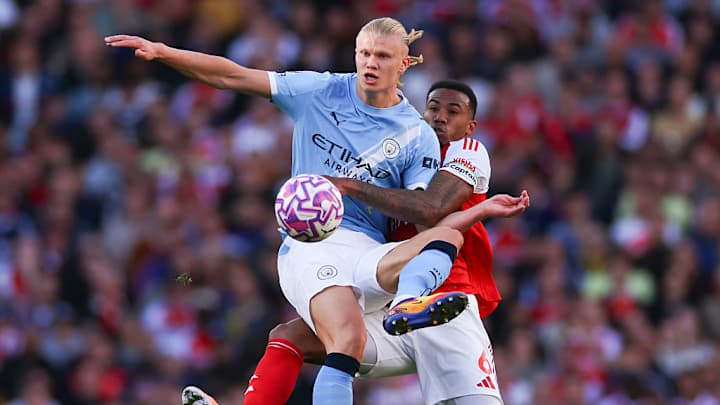
Haaland’s Elevated Role: Beyond the Goals
In a telling move this summer, Pep Guardiola personally appointed Erling Haaland as City’s fourth captain, a clear indication of the manager’s recognition of the Norwegian’s growing leadership qualities. This added responsibility appears to have significantly enhanced Haaland’s all-around game. While his clinical finishing remains a constant, his contributions out of possession—including crucial interceptions and headed clearances—demonstrate a striking maturity in his play.
Haaland’s early goal against Arsenal marked his 91st in just 102 Premier League games, an astonishing rate that places him firmly on track to join the league’s legendary forwards like Alan Shearer and Thierry Henry. Yet, it’s his often-unheralded work off the ball that truly sets him apart, transforming him from a pure goalscorer into a more complete, indispensable asset for Manchester City.
A Class Apart: Haaland Dominates Striker Battle
The much-anticipated duel between Haaland and Arsenal’s Viktor Gyökeres proved to be a one-sided affair. Haaland, the Premier League’s leading scorer with six goals in five games, operated on a different plane. His exceptional talent commands respect even from rivals; after the final whistle, Arsenal stars like Declan Rice and Gabriel sought him out for conversation, not just a handshake, and David Raya shared a warm embrace with the man who had effortlessly slotted past him nine minutes into the match.
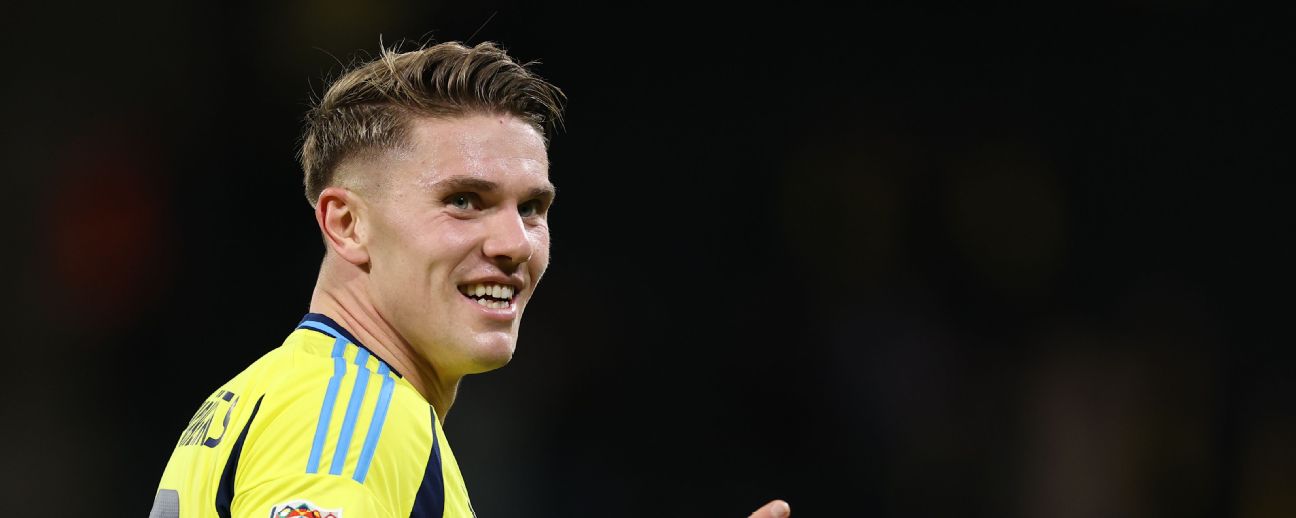
Beyond his raw power and speed, Haaland’s conduct on the pitch reinforces his role model status. He avoids diving, dirty play, and time-wasting, distinguishing him as a fair competitor in an era where such traits are increasingly valued.
Tactical Evolution: City’s Varied Approach
Haaland’s presence has also influenced Manchester City’s tactical evolution under Guardiola. No longer solely reliant on intricate passing sequences, City now frequently employ longer balls, leveraging Haaland’s blistering pace to devastating effect. Against Arsenal, City maintained only 32% possession, showcasing their ability to adapt and mix their approaches. Haaland’s versatility allows him to receive the ball to feet, lay it off to teammates, or physically dominate centre-backs like Gabriel and outmanoeuvre quicker defenders like William Saliba. Arsenal’s need for two defenders to contain City’s lone striker, who still managed to score, speaks volumes.
This tactical flexibility echoes the great teams of history—Liverpool under Bob Paisley, Manchester United under Sir Alex Ferguson—who consistently evolved their game to maintain dominance. Modern football increasingly values such adaptability, with teams like Arne Slot’s Liverpool demonstrating a shift from midfield control to dynamism and creativity, epitomised by Ryan Gravenberch’s transformation into a more attacking force.
The Clinical Strike: A Masterclass in Execution
Haaland’s goal against Arsenal was a perfect illustration of his multifaceted talents: touch, awareness, speed, and clinical finishing. Dropping deep into his own half, he drew six Arsenal players towards him. Receiving the ball from Rodri, he swiftly manipulated it out of the congested area, turning away from Gabriel and Martin Zubimendi, before threading a pass to Tijani Reijnders. The Dutchman surged forward, feigned left, then laid the ball perfectly into the path of the accelerating Haaland.
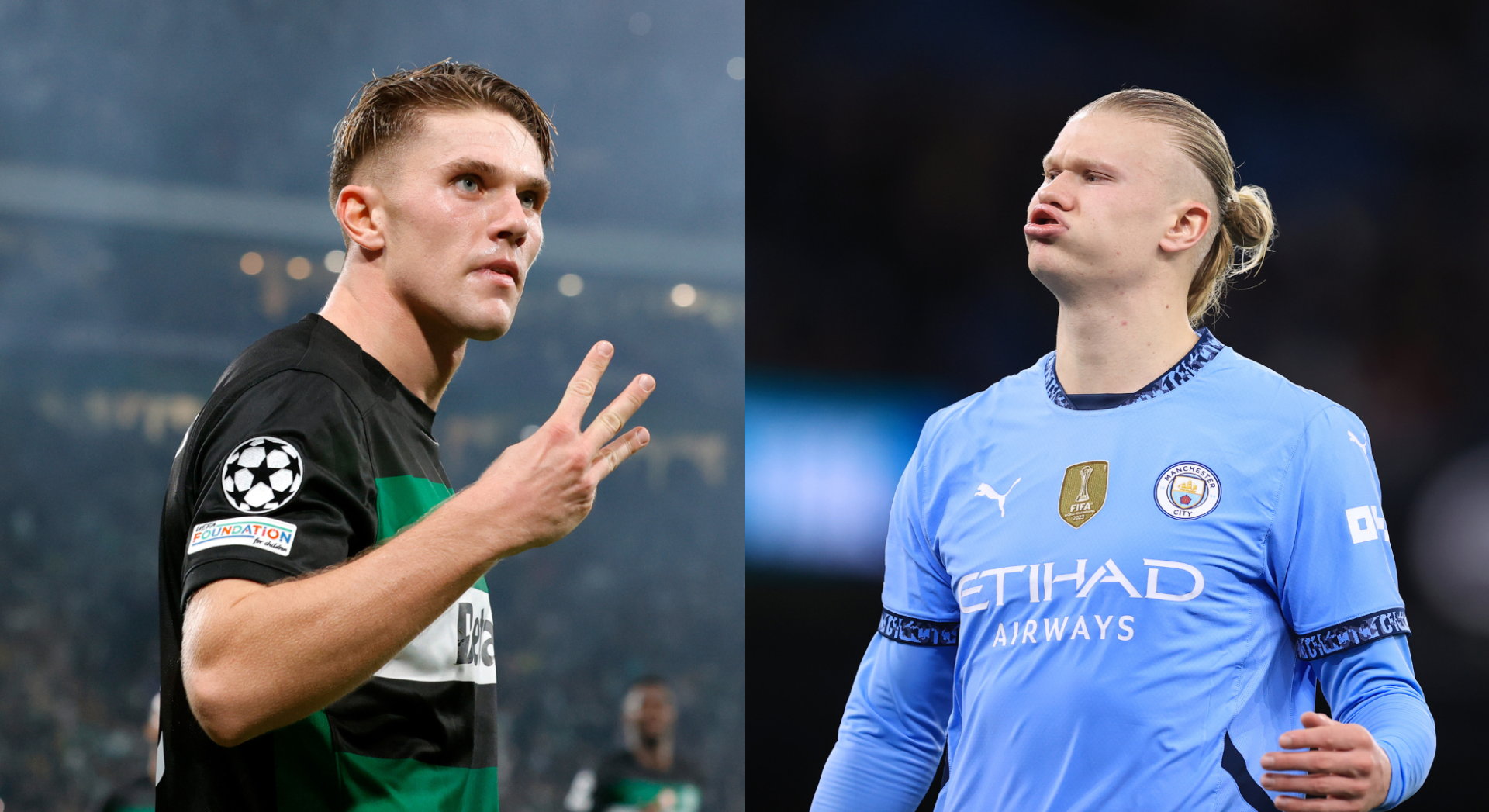
Gabriel and Saliba, both international-class defenders, simply could not match Haaland’s pace. His low, precise shot left David Raya with no chance. This goal marked his 13th in eight games for City and Norway this season, a testament to his relentless scoring. His recent achievement of 50 Champions League goals in just 49 games—13 faster than Ruud van Nistelrooy and 17 quicker than Lionel Messi—underscores a level of clinical efficiency that is almost taken for granted.
pic.twitter.com/ovWwH3boPo
— Sports Illustrated FC (@SI_FootballClub) September 21, 2025
Beyond his offensive output, Haaland’s defensive contributions were also notable. As Arsenal pressed in the second half, he made crucial clearances, cutting out a Leandro Trossard pass and heading away a Zubimendi cross, showcasing his commitment to the team’s defensive efforts.
Gyökeres: A Work in Progress at Arsenal
In stark contrast, Viktor Gyökeres is still finding his rhythm with his new Arsenal teammates. While a good striker with three goals in five Premier League games, he is not yet in the same league as Haaland, or even Liverpool’s Hugo Ekitike or Alexander Isak. His hat-trick against City in last season’s Champions League, though impressive, included two penalties during a period when City were underperforming.
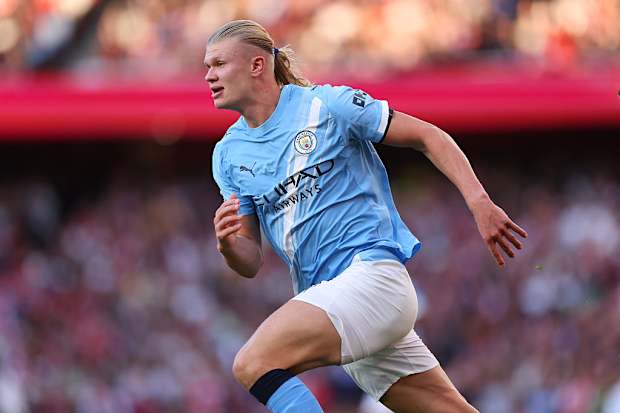
Arsenal’s attempts to involve Gyökeres on the left flank, a productive area for him historically, were largely stifled by Ruben Dias’s astute covering. Gyökeres was left to feed on scraps, and his first touch, while decent, lacks the magnetic quality of Haaland’s. For Arsenal to challenge Liverpool for the title, Gyökeres will need more time to integrate and for his teammates, particularly creative forces like Eberechi Eze and Martin Ødegaard, to better read his runs.
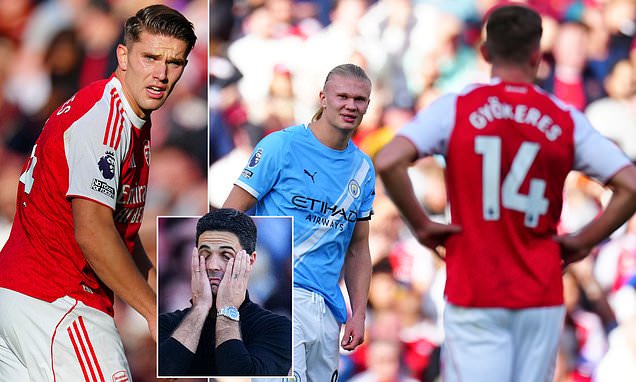
Conclusion: Witnessing Greatness
We are witnessing the rapid development of a truly generational talent in Erling Haaland. His numbers are staggering, but it is his evolution into a well-rounded team player and leader that makes him truly special. As striker, finisher, and now an integral part of City’s leadership group, Haaland is setting new benchmarks in modern football.
For more insights into Manchester City and other top football news, visit 90min.

